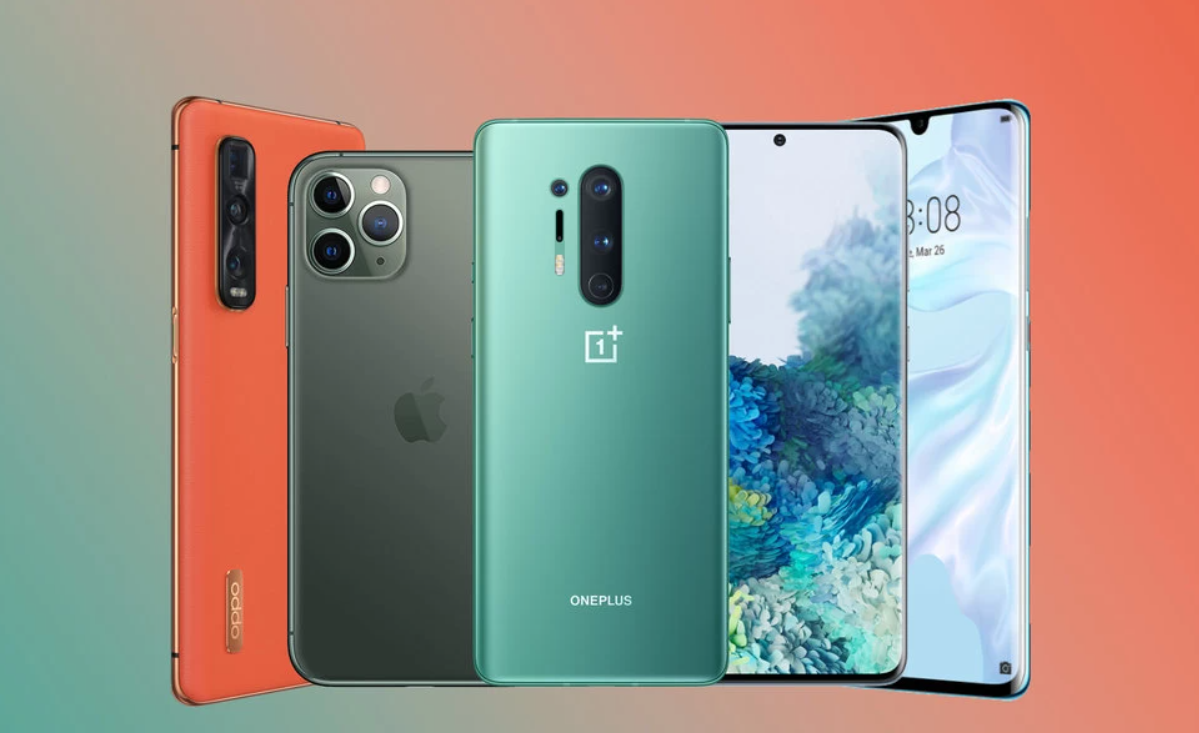Huawei Launched The New Mate 30 Smartphones Without Google Services
Huawei has officially launched the new Mate 30 smartphone series. It is only about three devices, not four as originally thought, as the Lite variant is completely absent. We have the standard Mate 30, the new Mate 30 Pro, the flagship of the series, and the Mate 30 RS Porsche Design, made in partnership with the famous German design company.
Despite the price announcement, Huawei did not talk about a launch date or the situation with Google. The phones appear to be delivered without access to the Google Play Store, with Huawei finally mentioning HUAWEI Services and the AppGallery store.
Let’s have a look on the new Mate 30 smartphones lineup.
Huawei Mate 30 Pro
The Huawei Mate 30 Pro is by far the most impressive smartphone the company has launched to date. It is equipped with a 6.53 ”OLED screen, based on Flex OLED technology. It displays an unconventional resolution of 2400 x 1176 pixels and is compatible with the HDR10 standard. Because it is curved at an angle of 88 degrees on its edges, its screen has been named "Horizon Display".
Being so curved, the volume buttons were no longer on the sides. They are now virtual buttons located on the side of the screen and can be moved from one side to the other. Also, this area can be used as a trigger for the camera.
The screen is cut at the top, with several sensors integrated here: we have first the front camera and the 3D authentication system, the ambient light and proximity sensors, as well as a new sensor for gesture control. This sensor can allow control without touching the device, but also has other functions such as tracking the user's position to the phone and rotating the screen in relation to it.
Specifications vise we have the Kirin 990 chipset, both 4G and 5G, along with 8 GB RAM and 256 GB internal storage. The 5G model gets an extra 4 GB RAM compared to the standard version. The 4,500mAh battery can be charged at 40W by cable and 27W by wireless charging. Huawei is also launching a 27W wireless charger with a robotic system that automatically picks up the phone when it detects it.
The 5G variant is made using a system with 21 antennas: NFC, GPS, Bluetooth, WiFi, 2G, 3G, 4G and 5G. 14 of the 21 are dedicated to 5G to ensure good signal in any orientation and in any use case.
Also, Huawei says it has the fastest 5G so far, reaching 1.5Gbps download speeds. And the Mate 30 Pro uses the same proprietary standard for Nano Memory cards that we encountered on the company's latest phones.
When it comes to cameras, the most important topic for Huawei phones, the Mate 30 Pro offers the most complete set so far, according to Huawei. We have a 40 megapixel RYYB main camera with ISO 409,600 f / 1.6 stabilized, an Ultra-Wide Cine camera for shooting with a 3: 2 RGGB f / 1.8 sensor and an 8-megapixel f / 2.4 3x optical zoom camera. The fourth camera is a 3D TOF, which allows the pro-bokeh effect to be filmed, but also in photos.
As for filming, Huawei says it can shoot 4K at 60 FPS, a premium for its phones, with ISO 51,200, the highest value in the industry of mobile devices and slow-motion shooting at 7,680 FPS at 720p. The phone also shoots in HDR and has an advanced optical + digital stabilization system via AI.
The Huawei Mate 30 Pro comes in Space Silver, Emerald Green, Cosmic Purple and Black versions, the green version being textured at the bottom and glossy at the top. There is also a Vegan Leather variant, with eco-leather back, in the colors Forest Green and Orange. The phone is waterproof to IP68 standard.
Huawei Mate 30
The Mate 30 is a little more modest in specs than its Pro "brother", but it's not much different. We have a slightly larger 6.62 "OLED display, curved, with a resolution of 2340 x 1080 pixels, also compatible with the HDR10 standard. The phone has physical buttons and a smaller notch, because it does not integrate the 3D facial recognition system.
The differences appear at the cameras, with the Mate 30 having more modest cameras. They are still very good, better than the competition, says Huawei, but not as good as the ones on the Mate 30 Pro. The main camera has a 40 megapixel sensor with f / 1.8 and iSO 204,800, a 3x optical zoom stabilized at f / 2.4 at 8 megapixels and a 16 megapixel f / 2.2 ultra-wide camera. The fourth circle on the back is for laser focus, which allows for macro photography at a distance of at least 2.5 cm. The battery pack is 4200 mAh, but is compatible with the same SuperCharge charging standards at 40W on wire and 27W on wireless.
Huawei Mate 30 RS Porsche Design
Finally, we have a "luxury" variant with a case made by Porsche Design. This model is basically a superior version of the Mate 30 Pro, shipped with 12 GB RAM and 512 GB internal storage. The difference lies in the exclusive design, with natural leather on the back. The functions are the same, but the price is completely different.
Regardless of the version of Huawei Mate 30 chosen, Google services do not come pre-installed on these phones. Huawei has announced that it has a $1 billion fund from which the company is willing to pay developers to join the Huawei Services platform and the AppGallery app store. It remains to be seen how effective this long-term strategy will be.





